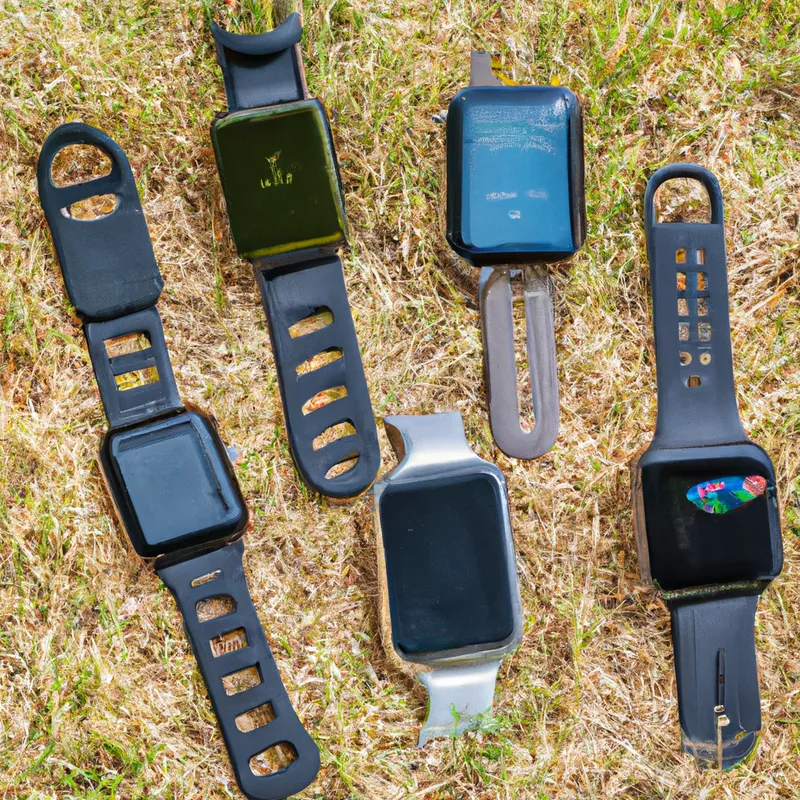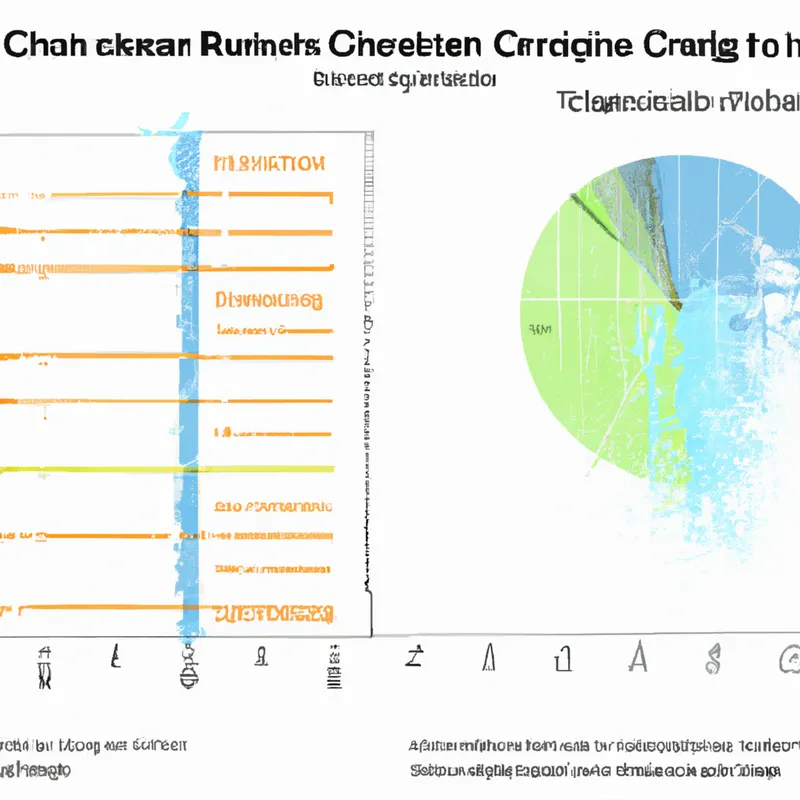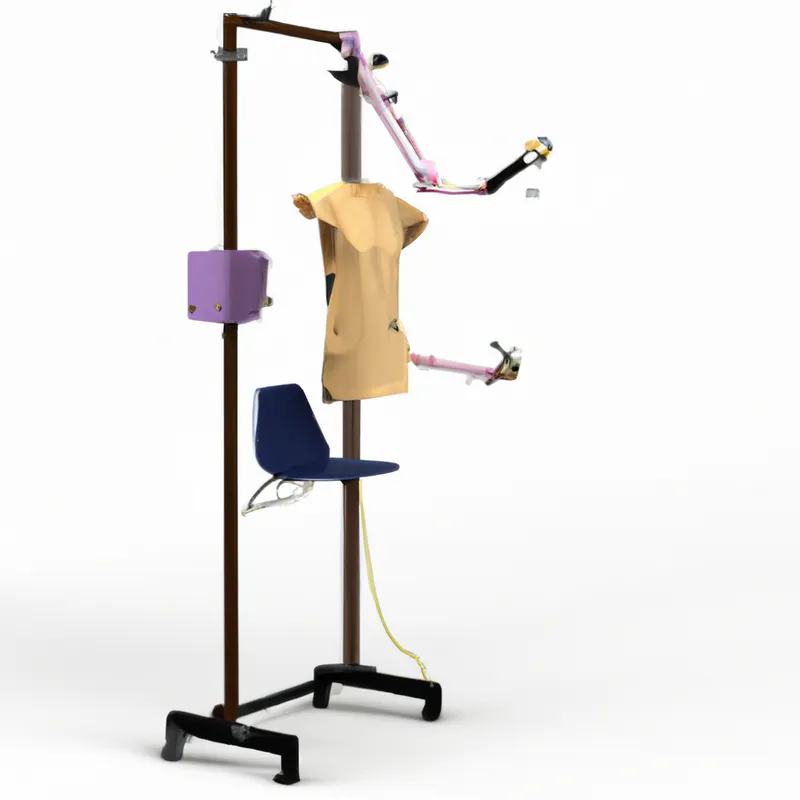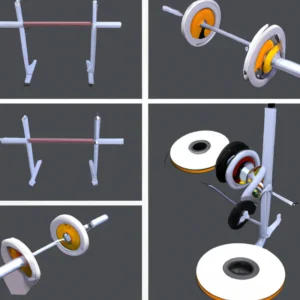Discover How Wearables Affect Our Planet
The Environmental Impact of Wearable Technology: A Lifecycle Analysis
Wearable technology revolutionizes fitness tracking, health monitoring, and connectivity. From smartwatches to fitness trackers, these devices offer convenience and personalized health insights. However, our growing reliance on these gadgets raises concerns about their environmental impact. This post analyzes the lifecycle of wearable technology, examining its environmental effects and providing actionable insights for consumers.
Understanding the Lifecycle of Wearable Technology
The lifecycle of wearable devices includes raw material extraction, manufacturing, usage, and end-of-life management. Each stage presents distinct environmental consequences. Understanding this lifecycle helps consumers make informed decisions to reduce negative impacts.
Raw Material Extraction
Wearable technology starts with raw material extraction. Manufacturers need lithium, cobalt, and copper for batteries and circuits. Mining these materials often harms sensitive environments, causing habitat destruction, soil erosion, and water pollution. For example, cobalt mining in the Democratic Republic of Congo raises ethical and environmental concerns.
The extraction process also consumes significant energy and contributes to greenhouse gas emissions. As demand for wearables increases, pressure on natural resources rises, highlighting the need for sustainable sourcing.
Manufacturing Process
After collecting raw materials, manufacturers begin production, which carries its own environmental implications. Factories that create wearable devices use vast energy, primarily from fossil fuels. This energy consumption significantly contributes to carbon emissions and climate change.
Additionally, producing electronic components generates considerable waste. The United Nations reports that e-waste is the fastest-growing waste stream globally, producing millions of tons annually. Each smartwatch or fitness tracker generates tons of electronic waste, much of which is improperly disposed of.
Usage Phase
During the usage phase, wearables can positively impact the environment. Many devices encourage physical activity, promoting healthier lifestyles and reducing car dependency. For instance, fitness trackers motivate individuals to walk or cycle more, lowering their carbon footprints.
However, frequent upgrades create challenges. Marketing strategies entice consumers to buy the latest models, increasing waste and resource consumption as discarded devices accumulate in landfills.
End-of-Life Management
End-of-life management plays a crucial role in the lifecycle. Unfortunately, many wearables lack designs that facilitate recycling. Consequently, they often end up in landfills, where toxic materials can leach into soil and groundwater.
Conclusion
Understanding the lifecycle of wearable technology reveals its significant environmental impacts. Consumers can take action to minimize these effects and promote sustainability.
Below are related products based on this post:
FAQ
What are the main environmental concerns associated with the lifecycle of wearable technology?
The lifecycle of wearable technology includes raw material extraction, manufacturing, usage, and end-of-life management. Each stage has distinct environmental consequences, such as habitat destruction and pollution from mining, high energy consumption and waste generation during manufacturing, and challenges related to electronic waste management when devices reach the end of their life.
How does the usage phase of wearables positively impact the environment?
During the usage phase, wearable devices can promote healthier lifestyles by encouraging physical activity, which may reduce reliance on cars. For example, fitness trackers can motivate individuals to walk or cycle more, potentially lowering their carbon footprints and contributing to environmental sustainability.
What can consumers do to minimize the environmental impact of wearable technology?
Consumers can minimize the environmental impact of wearable technology by making informed purchasing decisions, opting for devices designed with sustainability in mind, and supporting brands that prioritize ethical sourcing and recycling programs. Additionally, extending the life of devices and responsibly recycling them at the end of their life can further reduce negative effects on the environment.















Post Comment